Let’s find out together, in this dedicated review, what are the strengths and weaknesses of Octopath Traveler II, sequel to the 2018 chapter by Aquire and Square Enix, which takes us again to experience eight different adventures of eight distinct wayfarers: and we go on the continent of Solistia
We often happen to read opinion pieces, news and articles of various kinds that define the genre of “classic turn-based JRPG” dead. Every time the motivation is different, these days have been the latest information to arrive on Final Fantasy XVI, a series that has unquestionably changed its approach over the past 25 years (and, in some ways, also fortunately) and which has left behind that purely classic mold to gradually move on to increasingly action-packed fights. So is Final Fantasy’s transformation the end of turn-based JRPGs? Obviously not, but we reserve the right to talk more about it in a dedicated special that, who knows, maybe it will come in the near future.
To further deny this current of thought is the release of Octopath Traveler II, sequel to the first chapter of 2018 by Aquire and Square Enix, recently arrived on PC, PS5, PS4 and Nintendo Switch. We initially told you about it in a substantial preview, resulting from the demo released shortly before the launch, and which you can find by clicking here. We then took our time, to explore the lands of Solistia as much as possible in good time, and then sat down again at our desk and started typing on the keyboard. Welcome to our full Octopath Traveler II review.
Eight travellers, one review: here is Octopath Traveler II
The narrative approach chosen for this second chapter of the franchise is practically the same as the first: eight wayfarers, with eight different backgrounds, eight different destinies and eight different objectives find themselves sharing the same path in the world of Solistia, in a map divided into two distinct continents, separated by the sea. A little premise before continuing: if you were wondering if you can approach Octopath Traveler II without having played the prequel, the answer is a resounding yes. There are no references of any kind, on a narrative level, that you could miss, the two being completely unrelated in this respect.
Once you have chosen your main traveler and having tested his first steps in the game world, having discovered his story and goal, be it revenge, rediscovery or who knows what else, you will then be called by the title itself to explore the game world to recruit the other wayfarers (and also get a nice trophy in the end), to build the party of your dreams. What has always been criticized in Octopath Traveler was the compartmentalization of the traveler stories, which only touched at the end in an optional mission.
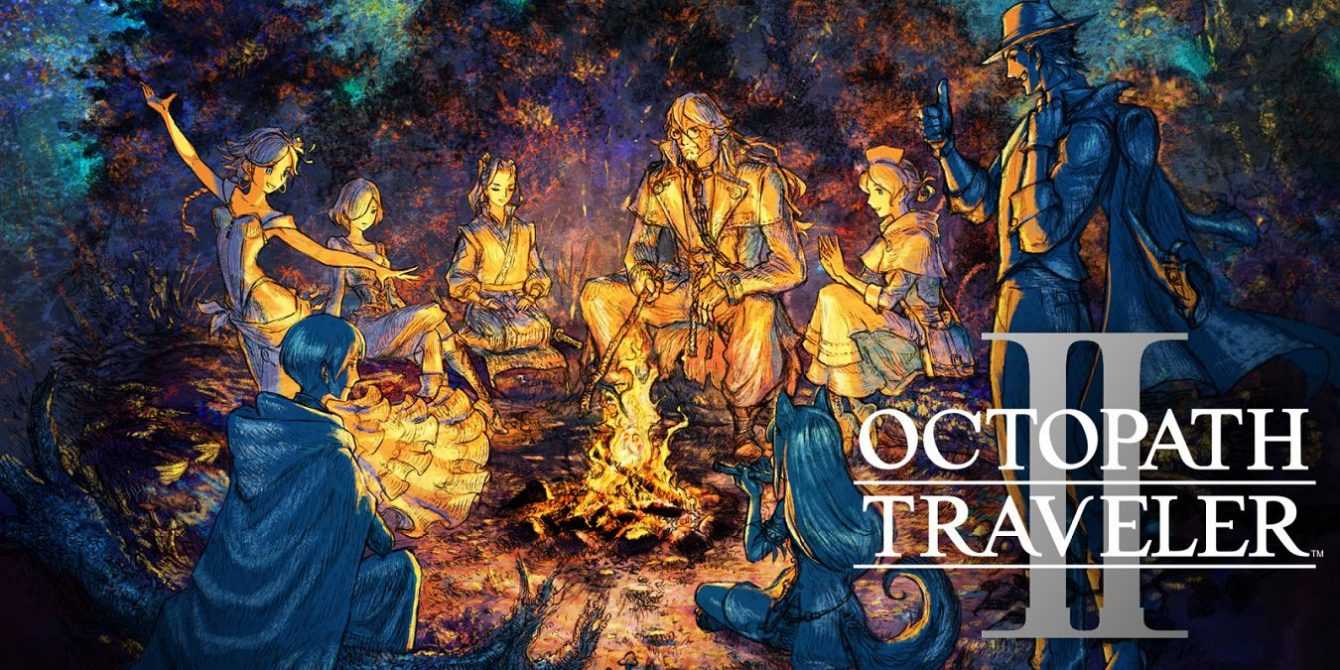
Lack of cohesion… again | Octopath Traveler II review
And in Octopath Traveler II? The situation is not very dissimilar, in fact, even if Aquire has decided to introduce the Crossed Paths, specific side missions for two wayfarers each time, which create certainly interesting but equally weak interconnection points. The final sensation is therefore always the same: dispersion. The eight narrative lines are not cohesive at all and risk easily boring the gamer who, if he does not find himself interested in the character from the very beginning, will tend to avoid him.
In this case, however, we want to applaud the screenwriters: compared to the first chapter, the various stories of the characters are much more interesting. So leaving aside the stereotypical Hikari, the young prince of a collapsing kingdom who finds himself betrayed by his brother and his best friend, and the young and amnesiac Castti the healer, the other wayfarers all have very appealing premises and they are, as a whole, much better written than the prequel. There will be twists and some decidedly dark moments, especially in the narrative lines of Throné and Osvald, as well as touching and emotional scenes.
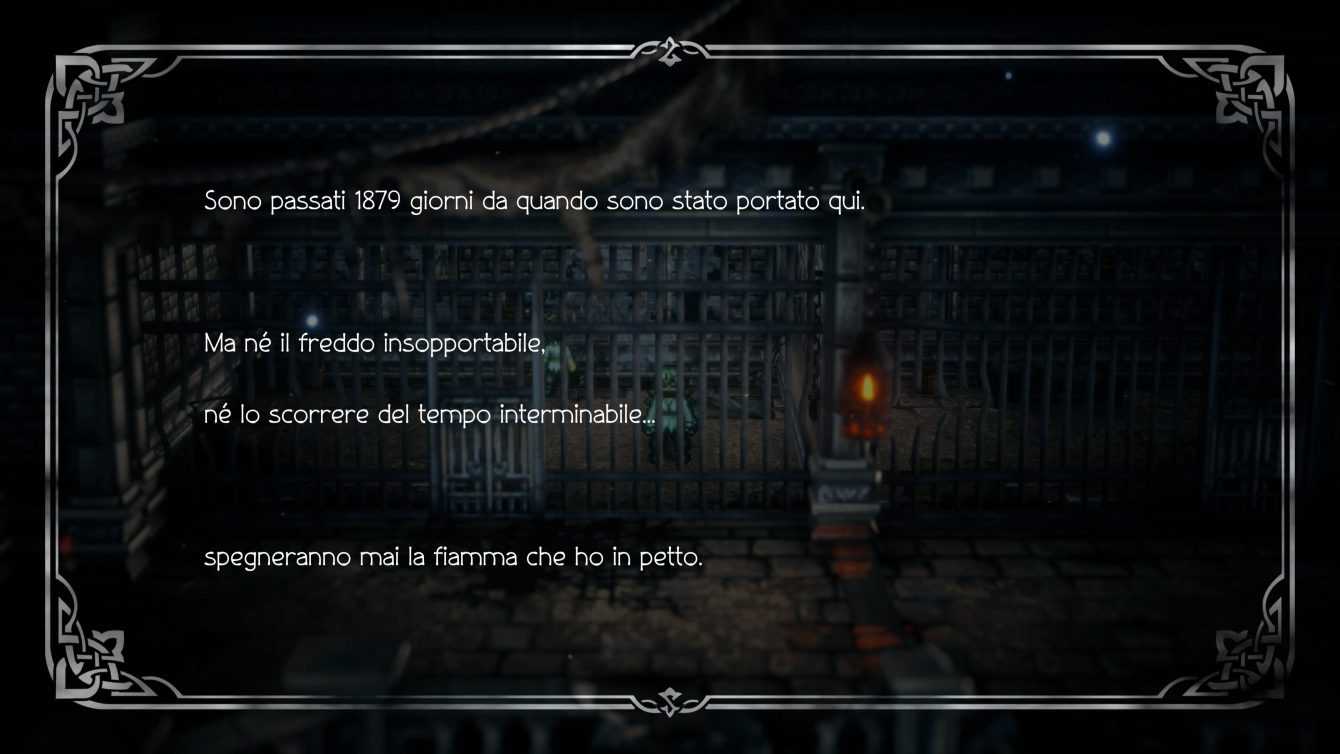
Long jump | Octopath Traveler II review
Unfortunately, the problem of level gaps is also back, for which it is necessary to be at least of a specific level in order to continue in the quest-line of a character. Although it is true that, as regards the early stages of the adventure, have been made more forgiving in Octopath Traveler II, continuing in the story they will gradually become higher and more difficult to reach without long grinding phases. Thus the possibility for the player to follow the stories of the wayfarers individually is avoided, forcing him to jump between the eight without the possibility of doing otherwise. If not grinding.
In short, on balance the idea of making the narrative of Octopath Traveler II more cohesive and interesting it was exactly half successful. Even if a common thread is therefore missing between all eight wayfarers, playing with it will be decidedly less tedious and frustrating than in the first chapter, because the eight protagonists are almost all more interesting, multifaceted and colorful than their counterparts in the prequel.
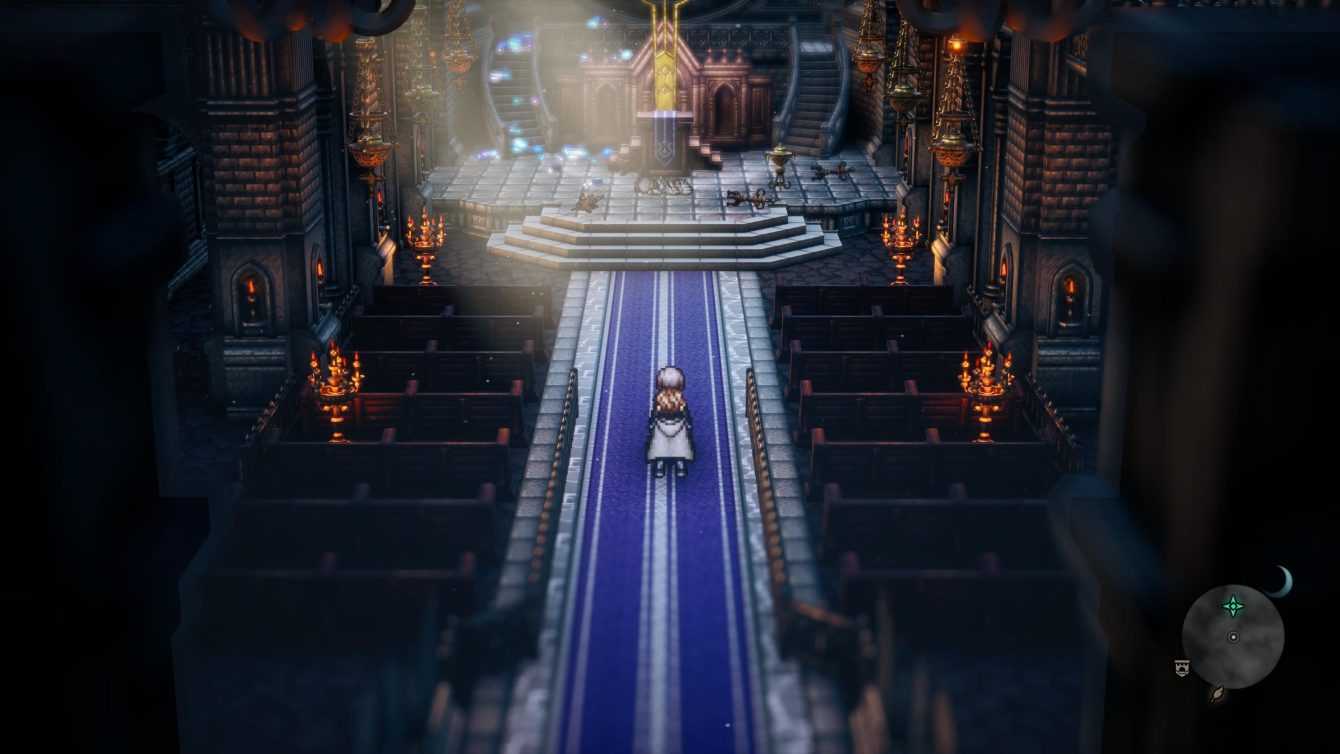
Soloist | Octopath Traveler II review
On the other hand, we would like to admit how exploring the world of Solistia is (as well as a feast for the eyes, but we’ll talk about it in closing) a real playground. And this was already true in the first chapter of 2018, which raised the general quality precisely for the exploration (and obviously the combat system). In Octopath Traveler II, however, the exploratory phases have been exponentially deepened by a very interesting mechanic: the alternation of day and night.
Activated by pressing a key (so you don’t have to wait for time to pass), the day-night alternation is of fundamental importance, as it drastically changes both the monsters you’ll meet in random encounters (which are decidedly more powerful at night, but also more “profitable”) and the presence and disposition of NPCs in cities. Therefore, the secondary missions are also much more numerous, which you will have to find by visiting the cities thoroughly both by day and by night, as well as the many secrets and treasure chests scattered in every corner of Solistia.
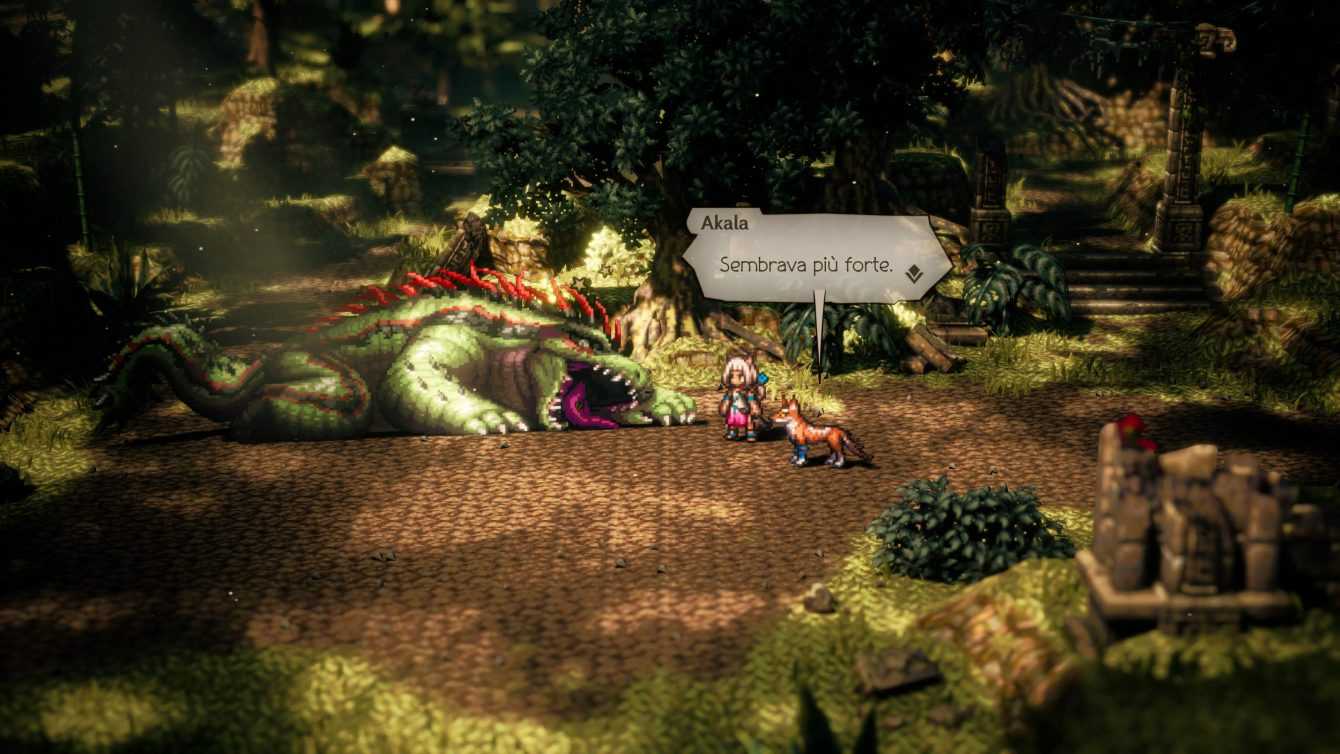
Travel Actions | Octopath Traveler II review
The Travel Actions of the characters will also vary with the time of day who, unlike the first chapter, there will be two for each wayfarer. For example, Throné can rob the various NPCs during the day (with a percentage of failure, which would undermine your reputation in the city), during the night he can attack and KO the same NPCs, opening previously inaccessible roads and doors. During the day, Osvald can obtain information on NPCs, always with a percentage of failure, while at night he can fight against them to grab the objects they are equipped with.
Therefore, the idea of having sixteen Travel Actions should push players to set up their Party not only on the basis of combat options, but also those of talents in relation to exploration. Too bad that many of these Travel Actions are practically superimposable. An example: as we have already mentioned, Osvald can get information from NPCs, but with a failure rate. The same thing can be done by Castti, who is however infallible in this sense and will always obtain the exact same information from Osvald, without however risking lowering his reputation in the city of reference. The same information that Ochette can also obtain by challenging NPCs in battle. And so on, for many other examples that we will not list here in order not to become redundant.

Domain/Power | Octopath Traveler II review
Not to be redundant is the combat system, which is the real focus of Octopath Traveler II. This is, in its entirety, completely permeated by the first chapter and always has, at the base, the Dominion / Power mechanics. The enemies are therefore equipped with shield points, which can be lowered by hitting them in their weaknesses (elemental and related to weapons) and, once reset, they will enter the state of Domination, in which each attack received doubles the damage. On the other hand, our party members are equipped with Power Points (PP), thanks to which they will be able to increase the number of hits inflicted in each round. Each character gets one PP per turn, regardless of the action performed, and up to a maximum of five can be accumulated, while a maximum of four can be spent.
Nothing new, therefore, as regards the basis of the fighting. Aquire then added some new features, such as the Latent Powers. The latter are particular powers, specific to each traveller, which can be activated after filling the appropriate bar. They are not particularly powerful and in fact the relative bar fills up rather quickly, a sign that they are skills to be activated as many times as possible during the adventure. These range from Osvald who is able to focus his elemental power on a single enemy to deal more damage to Throné who can attack twice in one turn to Partitio who can fill his PP gauge instantly. A versatile addition, therefore, and which increases the tactical possibilities of longer battles.
Aquire also added four additional classes to the roster of those already available (the main eight are exactly the same as the first Octopath Traveler) and the EX Skills, unlockable by reaching the altars of each specific class. We don’t want to add anything else about it because we want to leave you with the thrill of discovering a little something for yourself. However, the developers have reworked the Octopath Traveler II combat system little compared to the first chapter, but we realize that it was definitely not the part that most needed… to be reworked.
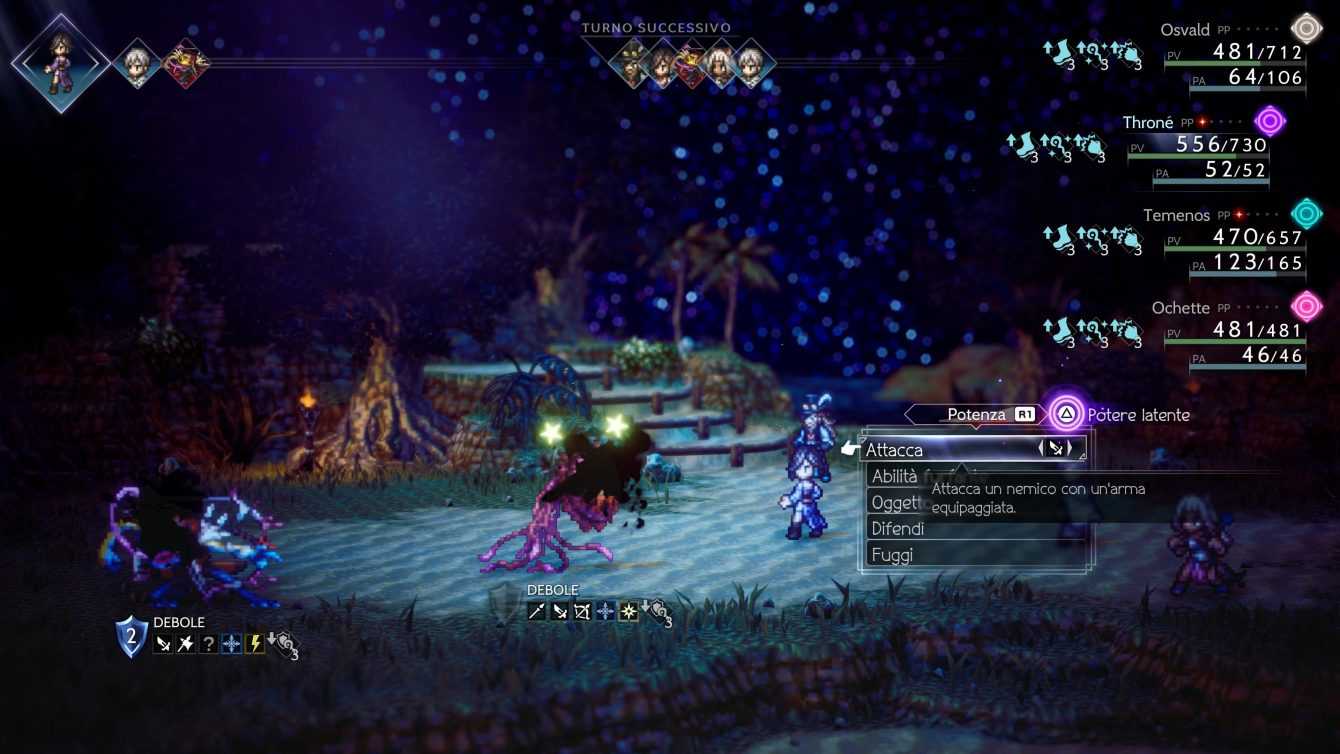
How wonderful | Octopath Traveler II review
Finally, the technical sector. Octopath Traveler II is a feast for the eyes, much more than Triangle Strategy recently was. If, in fact, the graphics engine and the technique adopted (the so-called HD-2D) are practically the same, in Octopath Traveler II the game world and character models are even more detailed and animated. It may also be that the skilful use of the color palette and the lighting system made everything even more vibrant and alive, but exploring Solistia was truly a continuous show of magnificent lights and colours, with glimpses and glances that often took my breath away.
We tried Octopath Traveler II, for this review, on a PlayStation 5 system, thus missing out on the possibility of playing it portablely on Nintendo Switch. The result were though 60 fps practically foolproof and an even higher level of detail. The soundtrack is also incredible, with well-chosen songs and a main theme that we still continue to hum after so many hours. Both dubbing tracks are also good, in English and in…






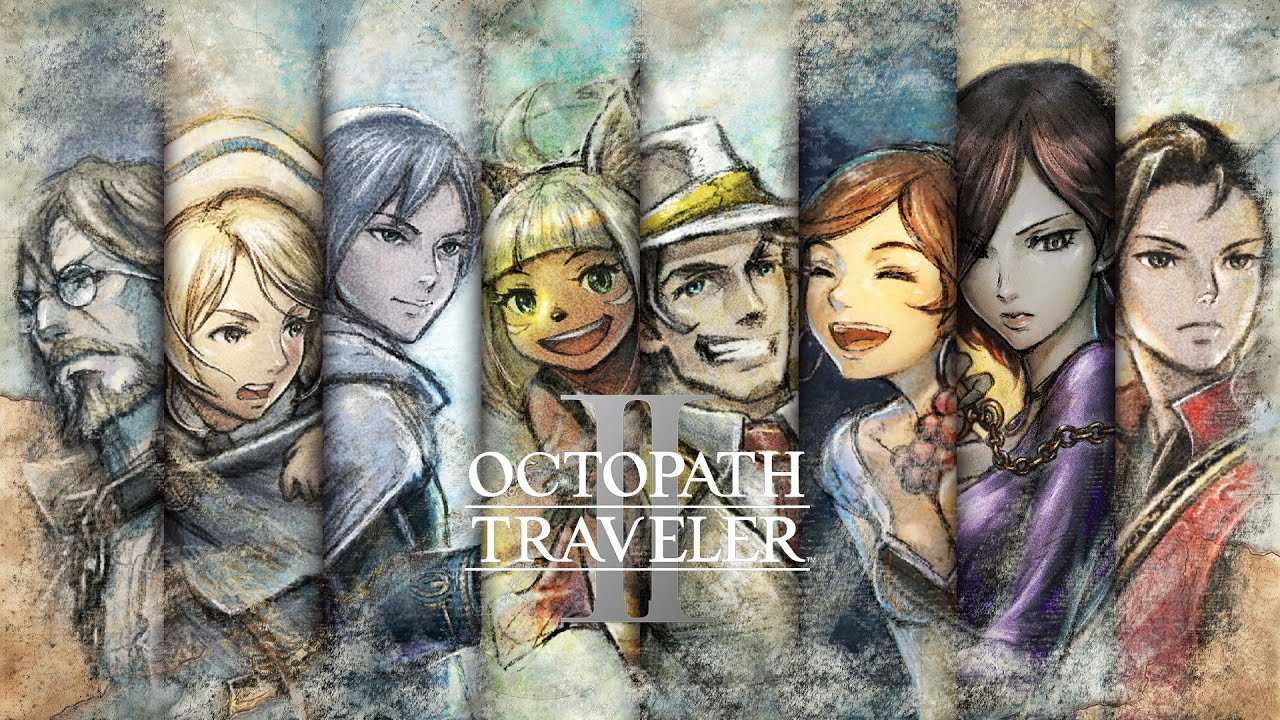





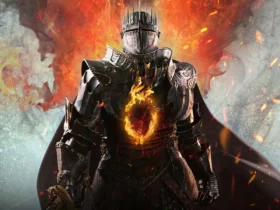


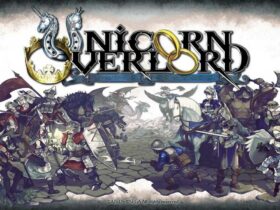
Leave a Reply
View Comments